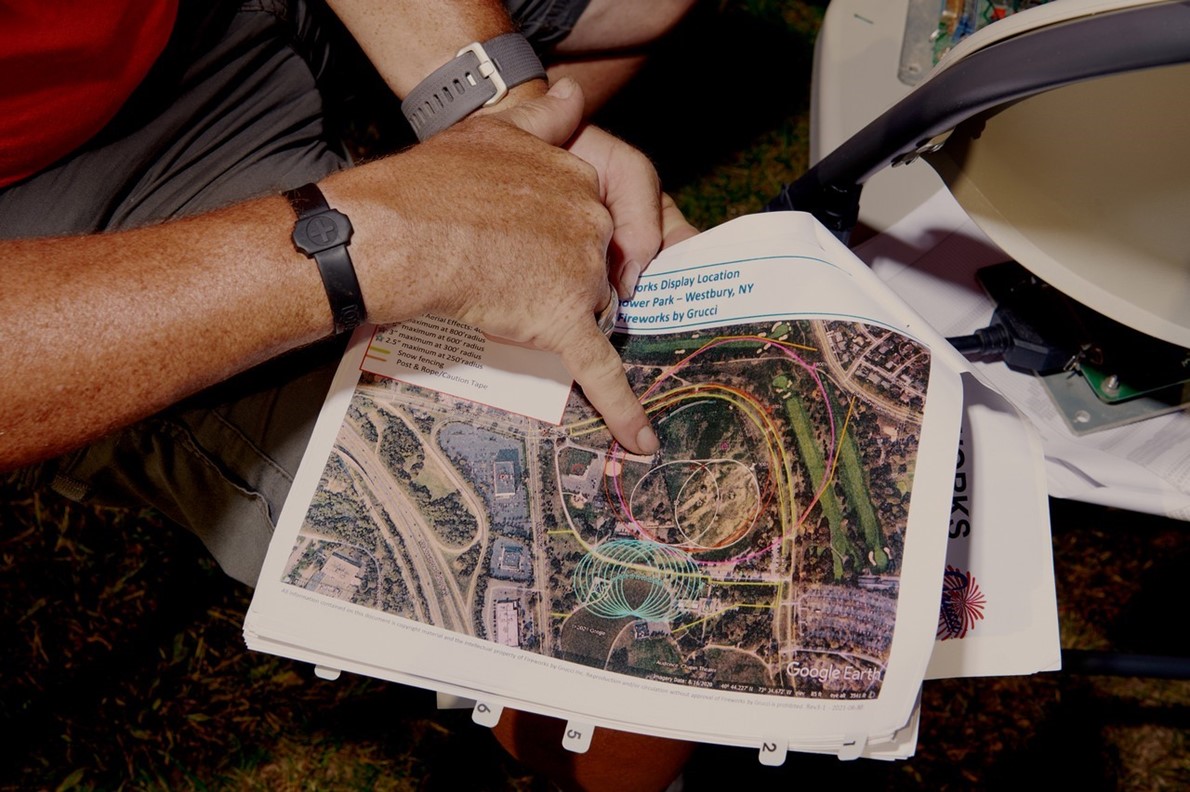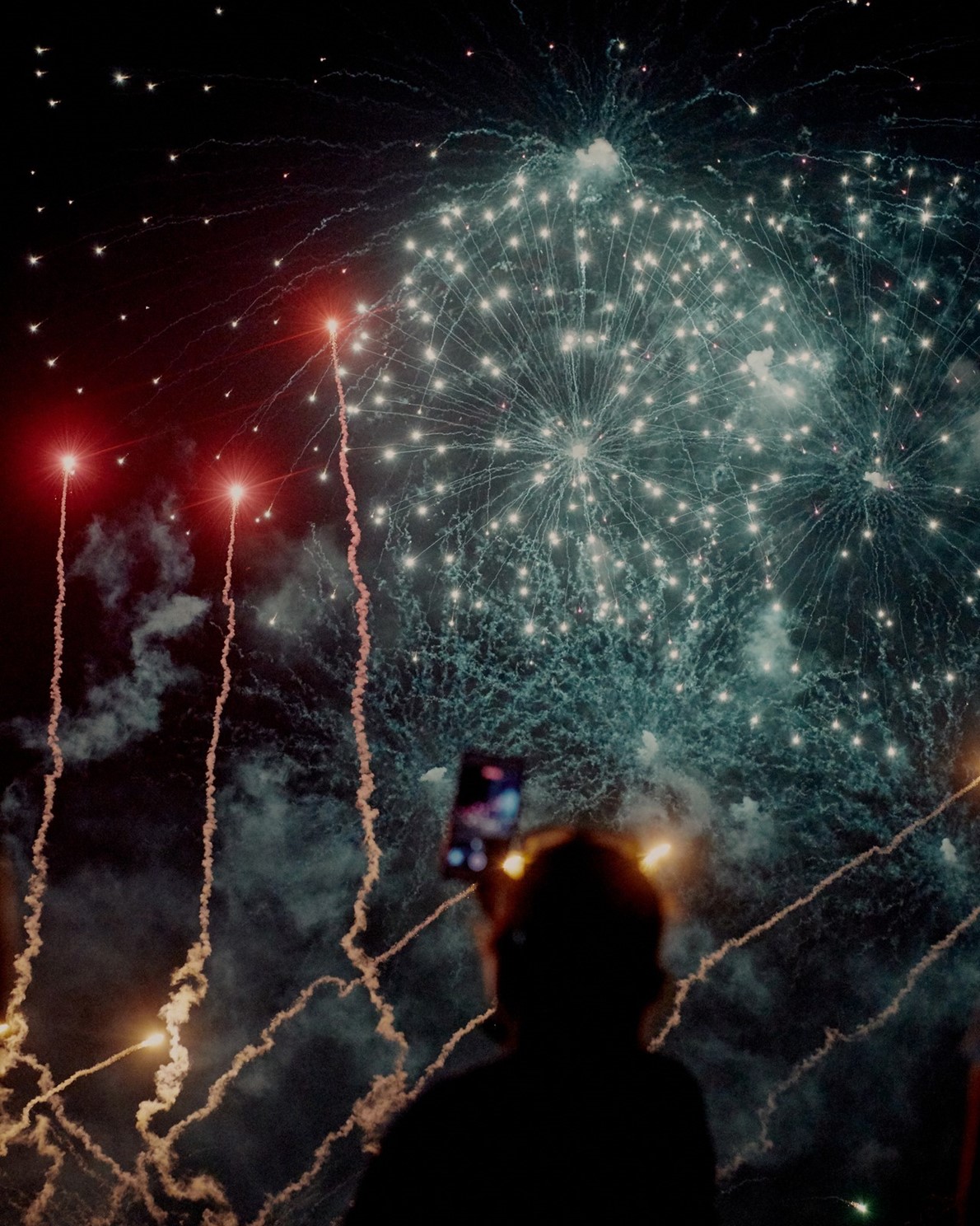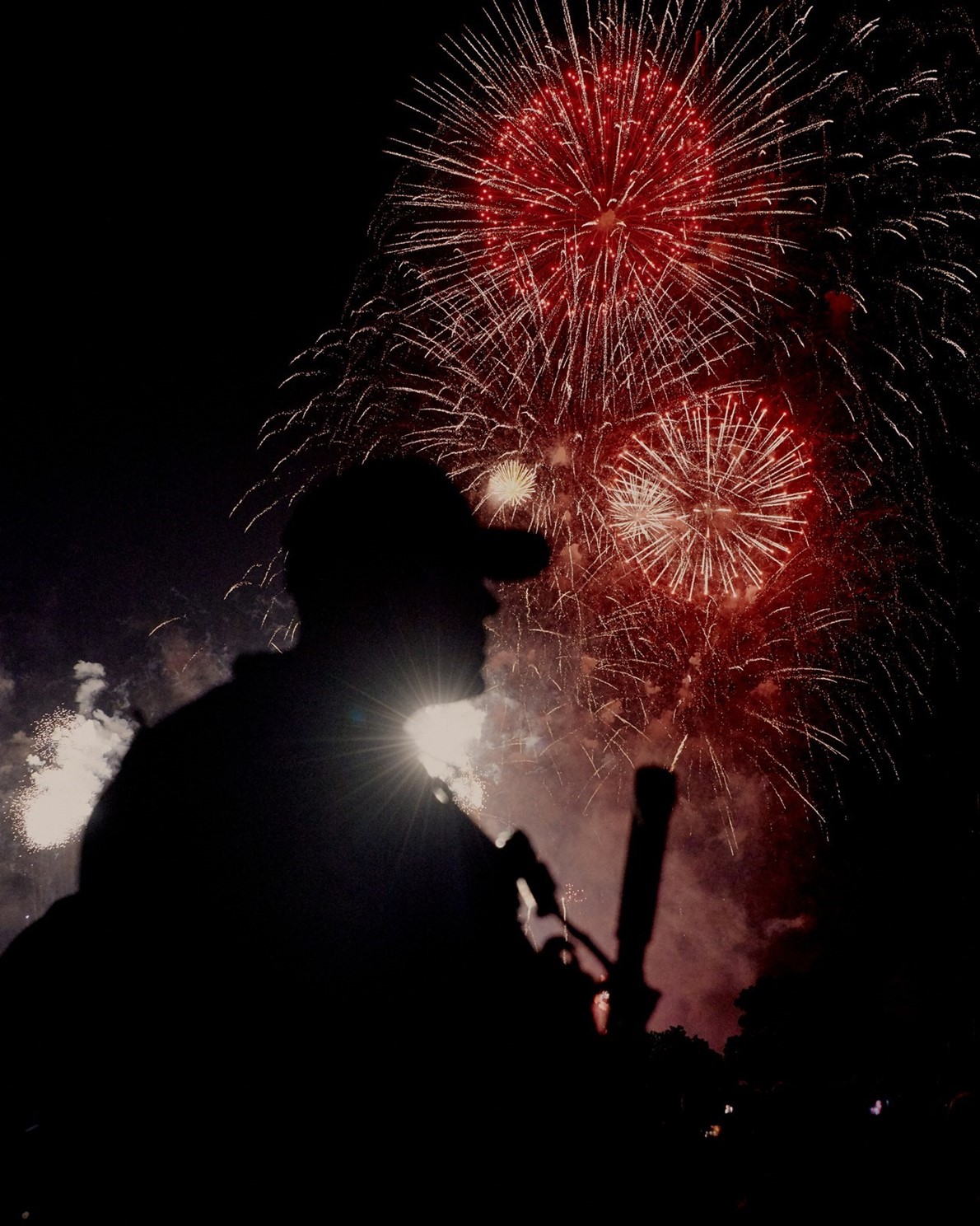During the early months of the pandemic, the
Grucci fireworks business, which has operated from the US for more than a
century, saw the demand for its Independence Day shows plummet at a rate the
family hadn’t seen since the Great Depression.
اضافة اعلان
The business put
on about a dozen Fourth of July shows in 2020, a fraction of its normal
engagements as cities and towns, fearful of COVID, decided against crowding
people into public parks to watch red, white and blue peonies explode.
Instead, to keep
busy, the Long Island-based company, which was originated in Italy in the 19th
century, focused its resources on a different kind of customer: the Department
of Defense, which uses the company’s simulated hand grenades to train US
troops.

But this year,
the demand for fireworks has come roaring back to pre-pandemic levels, according
to Phil Grucci, the company’s chief executive, and the leaders of other
fireworks outfits that stage professional shows. The Grucci company has booked
more than 70 shows around the holiday — everywhere from Hackensack, New Jersey,
to Hawaii — double last year’s number.
“It’s a major
logistical undertaking,” said Grucci, whose family business has mounted
fireworks displays at presidential inaugurations, Olympic Games and world’s
fairs.
And the
logistics this year became even more complicated, with global shipping delays,
ballooning costs and trucking shortages. Some cities have been forced to cancel
their official fireworks shows because of those challenges, coupled with labor
shortages, or because of drought and wildfire concerns.
But several
major fireworks companies are still seeing booming business, including Pyro
Spectaculars, which has staged the Macy’s fireworks show in New York City for
most of its history. The company, based in California, is back up to its
capacity of about 400 fireworks shows for the Fourth of July holiday, following
a 90 percent decline in that business in 2020.
For the Grucci
company, which manufactures part of its inventory at factories in Virginia and
upstate New York, the supply-chain challenges have been less acute than for
other companies that ship the vast majority of their products from overseas.

In the days
leading up to Fourth of July, Grucci deploys about 400 pyrotechnicians to set
up fireworks shows in parks and on beachfronts and barges — some not far from
the company’s Bellport, New York, headquarters and others farther away,
including Las Vegas.
The trucks are
mostly loaded at what Grucci calls “undisclosed bunker locations” on Long
Island and in Virginia, where inventories are covered with earth to keep them
cool. The licensed technicians meet the trucks at their assigned locations,
where they lay out the wiring according to a detailed script and load the
fireworks into fiberglass tubes. Each firework is marked with a number that is
linked to an electronic firing system.
Before sunset,
the technicians communicate with local police and fire departments to make sure
the area where the fireworks land is clear of all revelers. An average-size
show will need a fallout zone of a 150m diameter, but larger programs might
need up to a 600m diameter.
Although the
company’s holiday business has returned to 2019 levels, it is a new kind of
normal: The cost of shipping containers of fireworks from China has tripled, Souza
said, and because of delays, his company is ordering next year’s supply now —
several months earlier than before.

The competition
for space on shipping containers has been steep, and space for potentially
dangerous cargo is even more limited. The situation became so dire last fall
that some fireworks companies, including Stephen Vitale’s company, Pyrotecnico,
chipped in to charter their own vessels, which could ship a few hundred
containers of fireworks each.
“Demand is
robust,” said Vitale, whose Pennsylvania-based company is executing about 800
shows for the Fourth of July, using roughly 700 workers who mount multiple
shows over the week. “People want to get out, they want to be together and go
to fairs and festivals and community celebrations. The demand has outpaced the
capacity that the industry really has.”
By May, Grucci’s
company had to start turning away new customers requesting shows. The schedule
was booked with events ranging from a yacht club in the Hamptons that the
company had been servicing for nearly 80 years to a large-scale celebration at
Caesars Palace on the Vegas Strip.
Most of their
fireworks shows are computer-automated now, Grucci said, though some are still
electrical, rather than digital — initiated by pressing buttons manually rather
than clicking a mouse to start a preloaded sequence. Still, the process, and
the nervous anticipation around it, has remained much the same since his
childhood.
“As the sunset
goes over the horizon and it starts turning to dark is then when the heart
starts to pitter-patter,” Grucci said. “And then comes the ‘3, 2, 1, go.’”
Read more Trending
Jordan News



